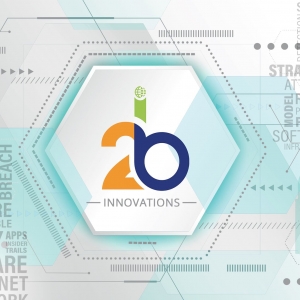Mikko Hyppönen is a pioneer in fighting malware. The 54-year-old Finn has defeated some of the world’s most harmful computer viruses over his decades-long career. He also helped identify the creators of the first PC virus. Since his youth, Hyppönen has sold his cybersecurity software out of Helsinki.
His accomplishments have earned him international recognition. As Chief Research Officer at WithSecure, the region’s biggest cybersecurity company, he continues leading the charge. Hyppönen believes artificial intelligence will bring even greater change than the internet revolution.
While optimistic about AI’s potential, Hyppönen worries about the new cyber threats it may enable. As this technology spreads, attackers may exploit AI systems in damaging ways. Defenders like Hyppönen must stay vigilant against emerging risks. Still, he hopes AI will ultimately have more benefits than drawbacks for society. The key is managing its introduction securely.
As 2024 begins, Hyppönen has identified five top cybersecurity issues demanding attention this year. While not ranked by order of importance, one stands out as most urgent in his view.
1. Deepfake
Deepfakes, or synthetic media, top Hyppönen’s 2024 watchlist. Experts have long warned of AI-powered fake videos enabling crime. While overblown so far, the threat is growing.
One UK firm registered a 3,000% annual spike in deepfake fraud attempts. Disinformation campaigns also exploit them. Russia weaponized crude deepfakes of Ukraine’s president early in its invasion. Yet quality is advancing rapidly in this arms race.
Most deepfake scams still involve celebrities promoting products or donations. But Hyppönen recently uncovered three financial deepfakes, an early warning sign. As tools spread, volumes could soon surge exponentially.
“It’s not yet massive, but will be a problem very soon,” he cautions. Hyppönen suggests practicing “safe words” for protection now.
When colleagues or family seek sensitive data via video, require a pre-set password first. If the caller can’t provide it, assume a deepfake. This basic protocol is cheap insurance before threats multiply.
“It may sound ridiculous today, but we should do it,” Hyppönen urges. “Establishing safe words now is very inexpensive protection for when deepfake hit large scale.”
Vigilance and pragmatic precautions like safe words offer hope of managing the coming deepfake deluge. Hyppönen aims to prepare organizations before this AI risk outpaces defenses.
2. Deep Scams
Unlike deepfakes, “deep scams” rely on scale over deception. Automation powers rapid targeting of countless victims instead of manual scamming.
From phishing to romance fraud, automating any scheme expands its scope exponentially. Take the notorious Tinder Swindler. With AI writing, image generation, and translation tools, he could have conned orders of magnitude more dates.
“You could scam 10,000 people at once instead of a few,” Hyppönen explains. Rental scams also stand to benefit. Scammers typically steal photos of legitimate Airbnbs to lure guests. Reverse image searches can catch these.
But AI art tools like Stable Diffusion, DALL-E, and Midjourney produce unlimited fake yet realistic listings. “No one will find them,” says Hyppönen. Other deep scams will harness similar generators.
The core ingredients – big language models, voice synthesis, and image creation – are all advancing rapidly. Soon these elements may combine into all-in-one mass deception engines.
Hyppönen believes the automation wave means no scam is safe from exponential expansion. Whether phishing, spoofing identities, fabricating evidence, or more – the scamming capacity unlocked by AI has no precedent.
With diligence and cooperation across security teams, companies can try heading off this rising threat. However, the scalability of AI scams presents a steep challenge in 2024.
To explore more, visit our website at 2binnovations for the complete article and additional resources.





